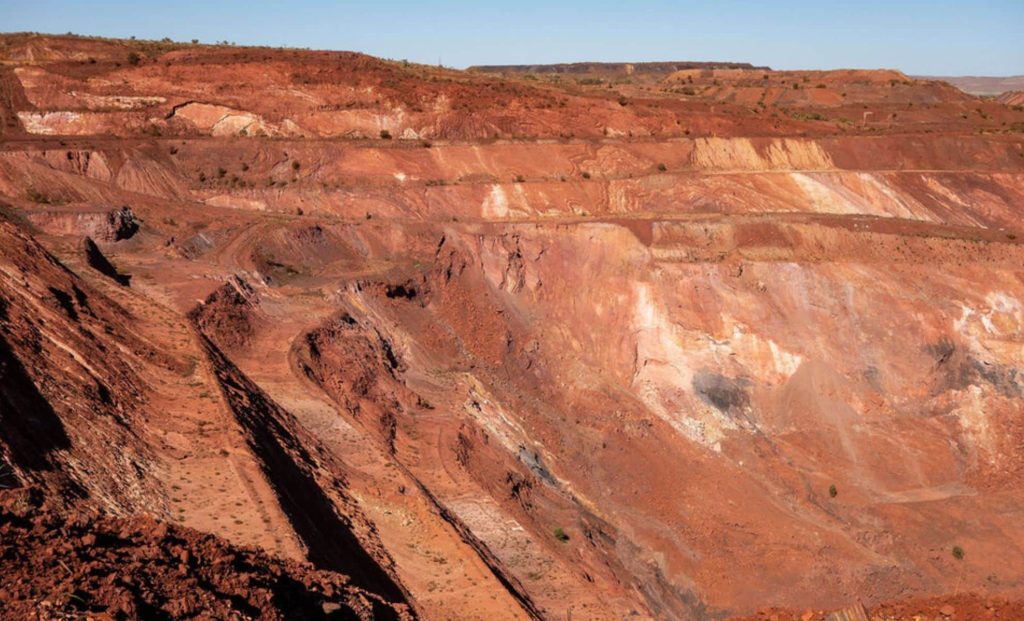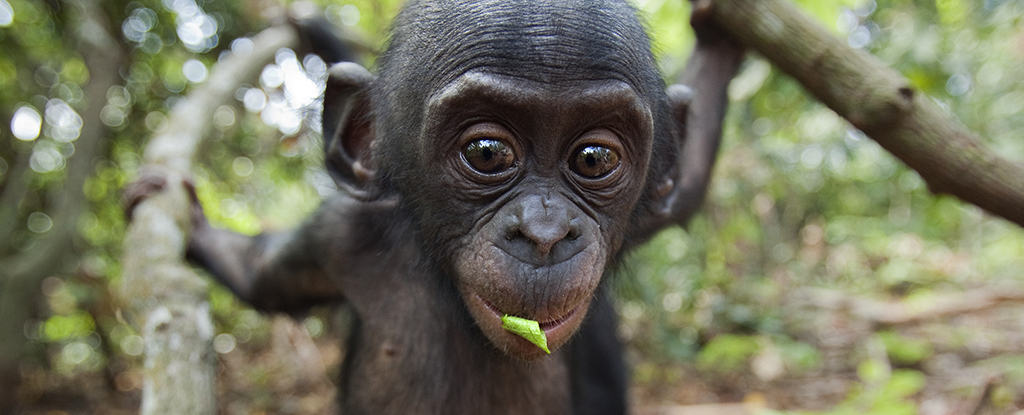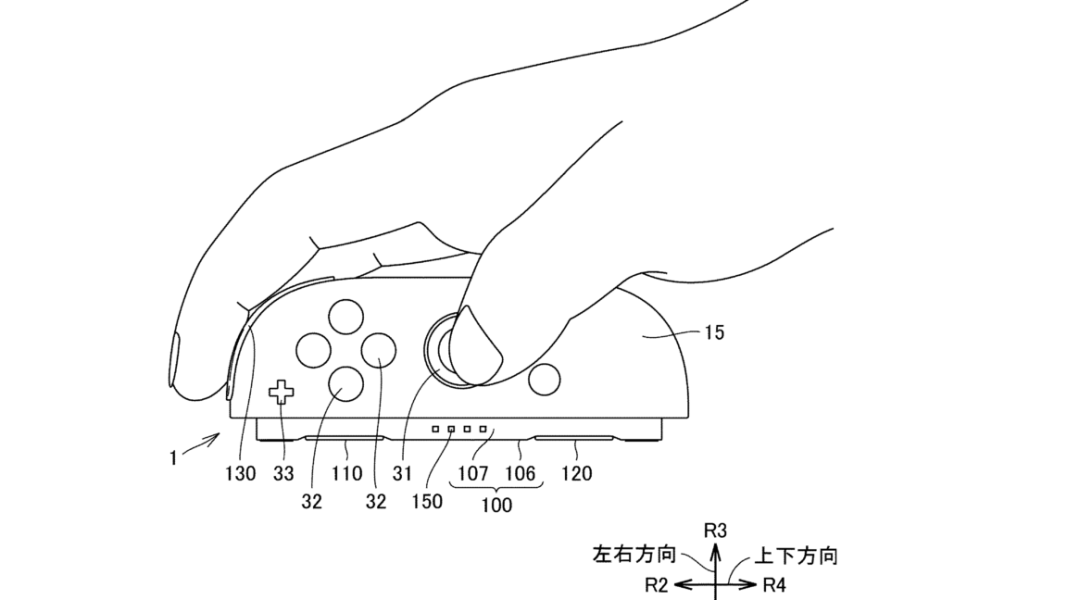Geologists Just Found a $5.7 Trillion Iron Ore Deposit—Larger Than Anything Ever Recorded – Indian Defence Review

A record-breaking discovery has changed the way scientists understand iron ore formation—and it could shake up the global mining industry. Geologists have uncovered the world’s largest iron ore deposit in Western Australia, a staggering 55 billion metric tons worth trillions of dollars. But beyond its economic impact, this find challenges long-held beliefs about Earth’s geological history. Could this be just the beginning of a new era of mineral exploration?Geologists have identified the largest iron ore deposit ever recorded, located in the Hamersley region of Western Australia. This staggering discovery, estimated at 55 billion metric tons, could be worth an astonishing $5.775 trillion USD based on current iron ore prices. Beyond its economic implications, the find is transforming our understanding of mineral formation and could reshape future mining strategies.The discovery was made possible through advanced geological analysis, including uranium and lead isotope dating, which revealed that the iron-rich formations in this region are 1.4 billion years old, much younger than the 2.2 billion years previously assumed. This challenges conventional theories about how massive iron deposits form, offering new insights into Earth’s ancient geological processes.According to researchers, this discovery is more than just a valuable resource—it is also a key to understanding Earth’s tectonic past. The formation of this iron-rich deposit is believed to be linked to supercontinent cycles, demonstrating how geological shifts have influenced mineral distribution over time. The implications of this research extend far beyond the mining industry, as it may provide a new framework for predicting undiscovered mineral resources worldwide.For decades, geologists believed that the world’s major iron deposits formed over 2 billion years ago, during the Great Oxygenation Event, when rising oxygen levels in Earth’s atmosphere caused iron dissolved in ancient oceans to precipitate into massive rock formations. However, this newly discovered deposit suggests that iron ore formation is more complex than previously thought.Scientists studying the Hamersley deposit have used chemical and isotopic analysis to determine that these iron-rich formations originated 1.4 billion years ago, meaning they were created much later than expected. This shift in timeline suggests that major iron ore deposits may not be limited to early Earth history but could have also formed in subsequent geological periods under different conditions.Geologists have identified several factors that contributed to the formation of this record-breaking deposit, including:According to researchers, this discovery provides a missing link in our understanding of how iron deposits evolve over time. As one of the study’s co-authors explained:“The discovery of a link between these giant iron ore deposits and changes in supercontinent cycles improves our understanding of ancient geological processes.”This connection between supercontinent shifts and mineral deposits has major implications for future resource exploration around the world.To fully grasp the significance of this discovery, it helps to compare it to other major iron ore deposits around the world. The Hamersley deposit is not only the largest, but it also dwarfs many of the previously known reserves.At 55 billion metric tons, the Hamersley deposit is the largest known iron ore reserve in the world, surpassing even the Kursk Magnetic Anomaly in Russia. Its discovery cements Australia’s dominance in the global iron ore industry, solidifying its role as the world’s top exporter.Beyond its scientific significance, the discovery of this massive iron deposit will have far-reaching consequences for the global mining industry and iron markets. The sheer size and quality of the ore could reshape global supply chains, influencing everything from steel production to international trade agreements.At current iron ore prices of $105 per metric ton, the deposit’s total estimated value reaches a staggering $5.775 trillion USD—a number that highlights its enormous economic potential. As demand for steel continues to grow, particularly in China, India, and other developing economies, this discovery could become a game-changer for mining operations worldwide.This newfound deposit is likely to attract major investments from global mining companies, as the potential for high-yield extraction makes it an extremely valuable asset. However, it also raises environmental and logistical challenges, including:With Australia already leading the world in iron ore production, this discovery further solidifies its dominance in the industry, potentially shifting economic and trade dynamics on a global scale.The discovery of the Hamersley deposit has also sparked renewed interest in exploring other regions that may contain similar hidden reserves. Scientists are now using advanced geological models and cutting-edge technology to refine their predictions of where future mineral discoveries might occur.One of the key scientific breakthroughs from this research involves isotopic dating, which allowed researchers to track how the iron ore changed over time. Associate Professor Martin Danisík, one of the lead researchers, explained:“The exact timeline of the change of these formations from 30% iron as they were originally, to more than 60% iron as they are today, was not clear.”Understanding this process is crucial for predicting where future high-grade deposits might be found. By studying how these formations evolved, geologists can identify new exploration targets, guiding future mining efforts and unlocking additional hidden resources.The findings are expected to shift global exploration strategies, encouraging mining companies and governments to rethink traditional assumptions about where iron ore can be found. This could lead to more efficient resource extraction, reducing waste and making mining operations more sustainable in the long term.Got a reaction? Share your thoughts in the commentsEnjoyed this article? Subscribe to our free Newsletter for engaging stories, exclusive content, and the latest newsThe big guysTrade on two sheep and one brickComment Save my name, email, and website in this browser for the next time I comment.
© 2024 | Indian Defence Review | All rights reserved
Source: https://indiandefencereview.com/geologists-5-7-trillion-iron-ore-deposit/






